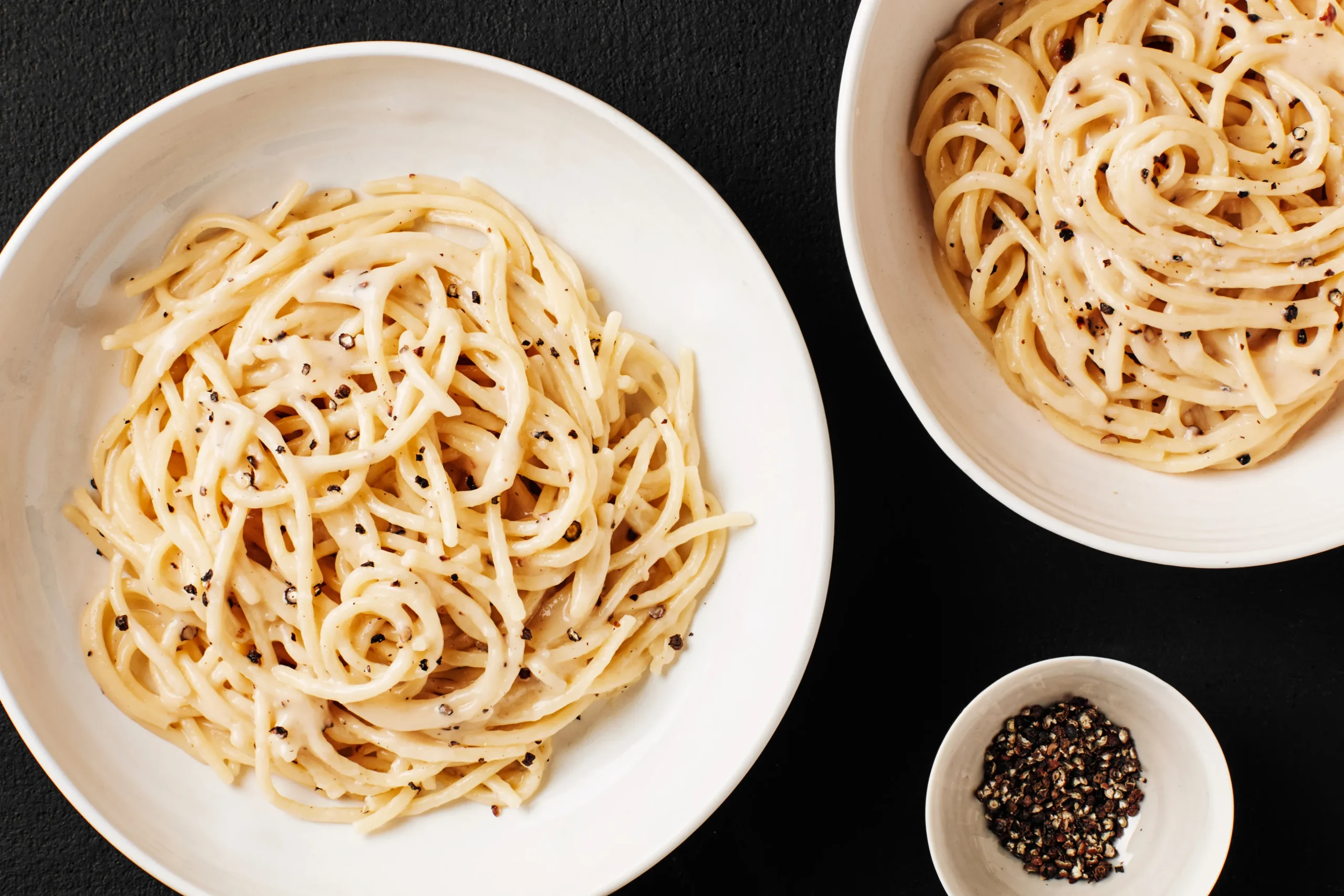How to prepare Pasta Puttanesca at home for six people
Pasta Puttanesca is a vibrant and bold Italian dish celebrated for its pungent and savory flavors that embody the essence of Mediterranean cuisine. Originating from Naples, this dish combines simple ingredients with robust flavors including tomatoes, olives, capers, and anchovies to create a rich, aromatic sauce that clings beautifully to pasta. Here’s a detailed guide on how to prepare this classic dish for six people, ensuring each serving is as delicious as it is authentic.
Ingredients:
- 1.5 pounds (24 oz) pasta (spaghetti or linguine works well)
- 1/4 cup olive oil
- 6 cloves garlic, minced
- 1 teaspoon crushed red pepper flakes (adjust to taste)
- 1 can (28 oz) crushed tomatoes
- 1/2 cup pitted black olives, sliced
- 1/2 cup pitted green olives, sliced
- 1/4 cup capers, rinsed and drained
- 8 anchovy fillets, chopped
- 1/2 cup fresh parsley, chopped
- Salt, to taste
- Freshly ground black pepper, to taste
- 1/2 cup grated Parmesan cheese (optional, for serving)
Instructions:
1. Cook the Pasta:
- Boil Water: Bring a large pot of salted water to a boil.
- Cook Pasta: Add the pasta and cook according to the package instructions until al dente. Reserve about 1 cup of pasta water, then drain the pasta.
2. Prepare the Sauce:
- Heat Olive Oil: In a large skillet or saucepan, heat the olive oil over medium heat.
- Sauté Garlic and Red Pepper Flakes: Add the minced garlic and crushed red pepper flakes. Sauté until the garlic is fragrant, about 1-2 minutes.
- Add Anchovies: Add the chopped anchovies to the skillet and cook until they dissolve into the oil, about 2-3 minutes.
- Add Tomatoes: Pour in the crushed tomatoes and bring to a simmer. Cook for about 10 minutes, stirring occasionally.
- Add Olives and Capers: Stir in the sliced black olives, green olives, and capers. Cook for another 5 minutes to let the flavors meld together.
3. Combine Pasta and Sauce:
- Toss Pasta with Sauce: Add the cooked pasta to the skillet with the puttanesca sauce. Toss everything together, adding some of the reserved pasta water to help bind the sauce and pasta. Adjust seasoning if necessary with salt and freshly ground black pepper.
4. Serve:
- Plate the Pasta: Serve the Pasta Puttanesca hot, garnished with fresh chopped parsley.
- Optional: Offer grated Parmesan cheese on the side for those who want it.
Tips:
- Anchovies: Anchovies are a key ingredient and add a depth of flavor to the sauce. If you’re hesitant, use less or omit, but the traditional recipe includes them.
- Pasta Water: The reserved pasta water helps to emulsify the sauce and ensure it clings well to the pasta.
- Olives: Use good quality olives for the best flavor.
Enjoy your flavorful and authentic Pasta Puttanesca


















































